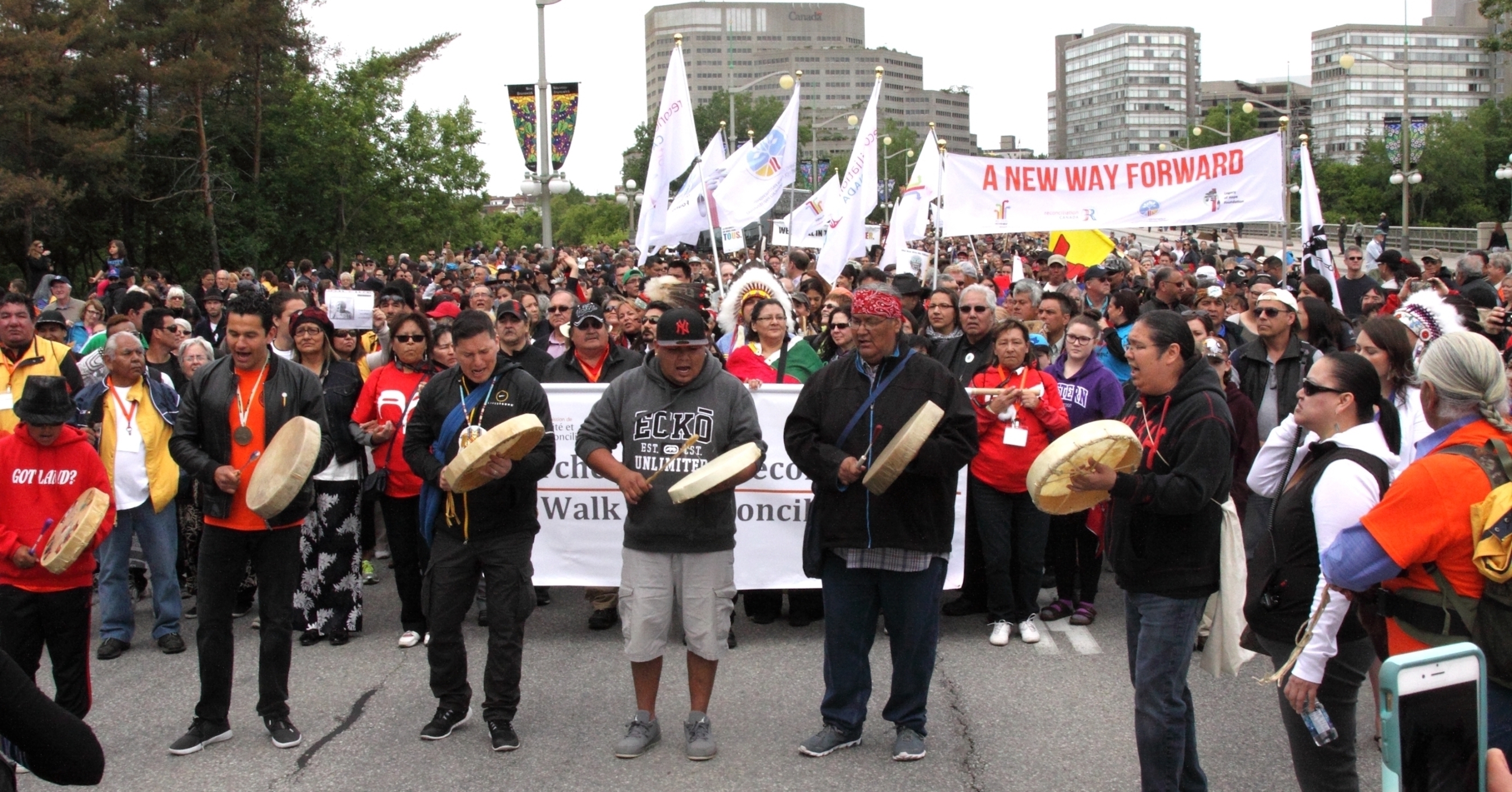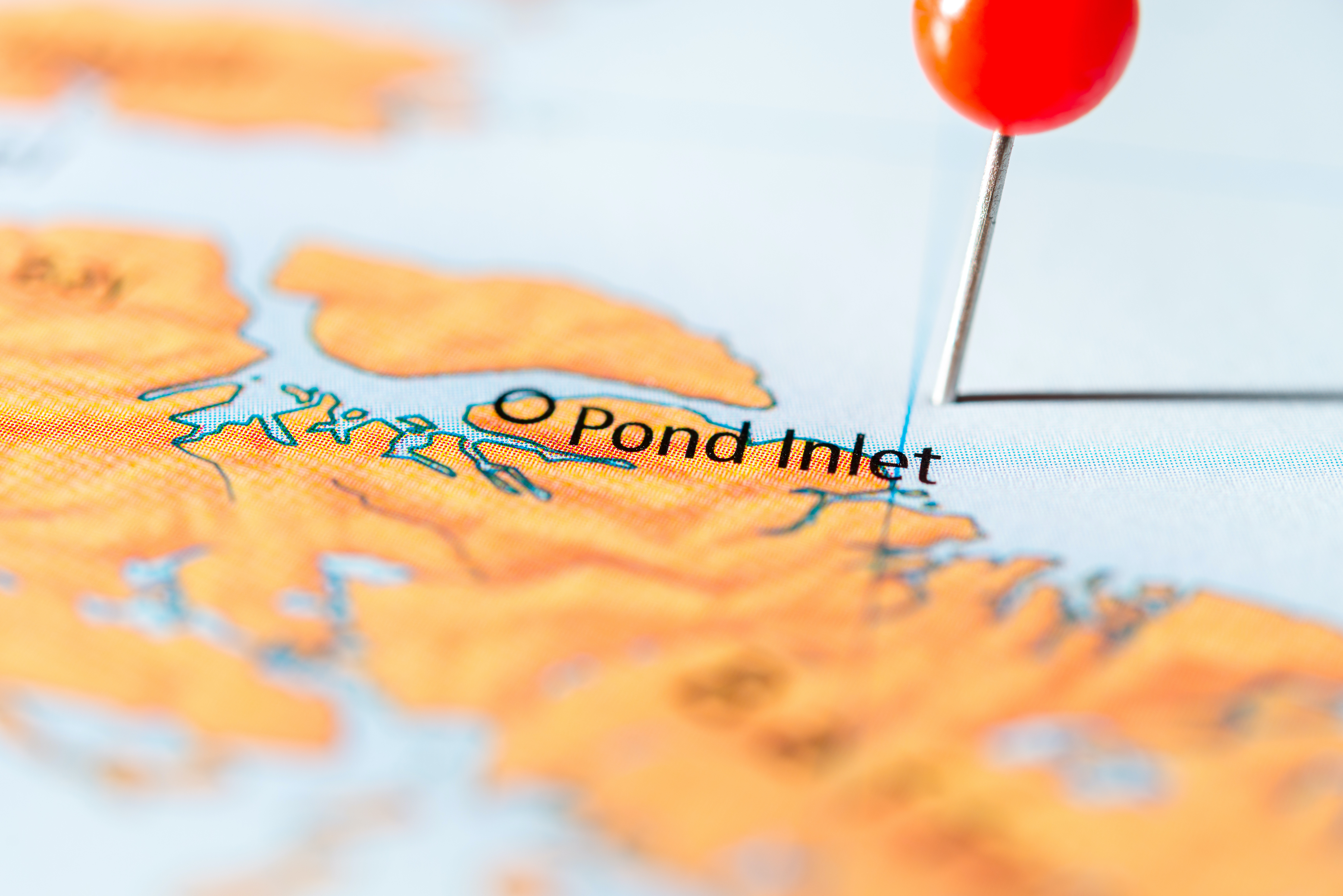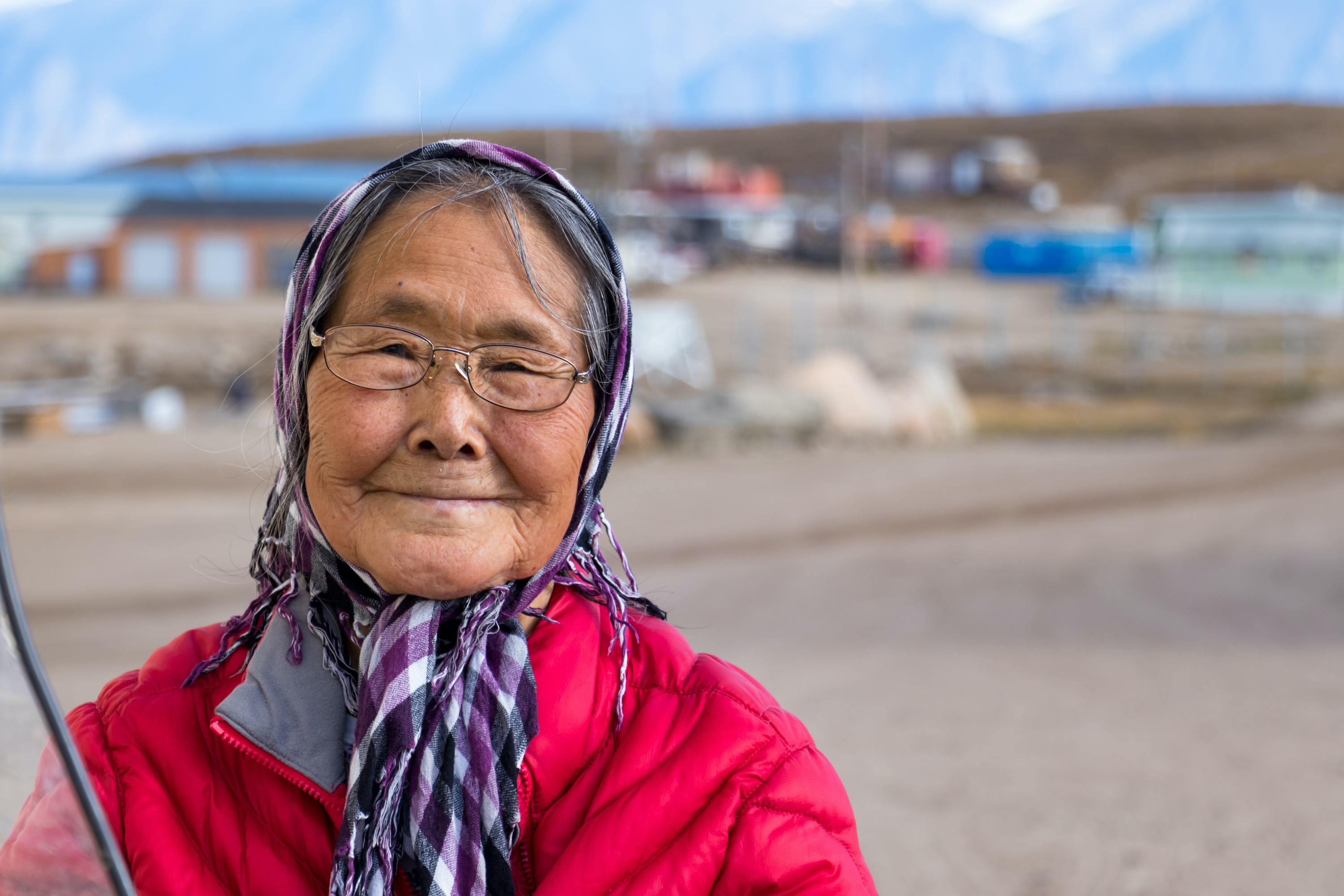This came from a man who was fundamentally liberal and progressive, but who had an idea of natural justice. He saw it as a kind of natural injustice that the indigenous peoples be separated in Canada. He published a white paper setting out this proposed legislation, and the response to this white paper was extremely dramatic. All across the country, there were protests, angry denunciations of the government, a sense of profound outrage. And it looked as though, far from unifying Canada, this piece of legislation threatened to split it into multiple pieces.
At the same time, Trudeau is having to deal with a separatist movement in Quebec, which threatened to split his country. And Trudeau, unlike most politicians – and it’s an example of what a remarkable leader he was – made a dramatic U-turn in 1973. He said, all right, maybe I've got it wrong. If you want to show why you should have separate status, then show us. Prepare a document to demonstrate what your relationship is to your lands, what your claims are to your resources, so we will know and we will be able to adjudicate what these mean. We'll have to find out what this Aboriginal title might be called. We'll have to find out what separation could mean for indigenous peoples and how that would be understood.


